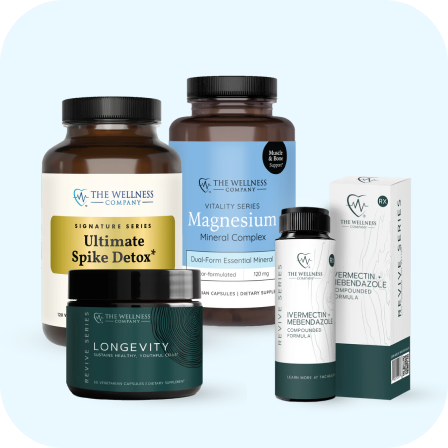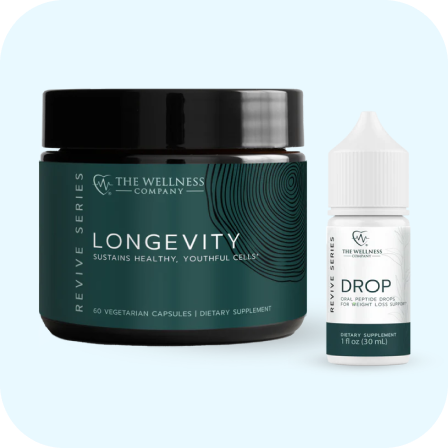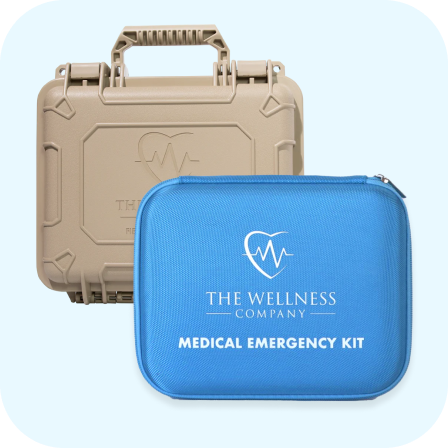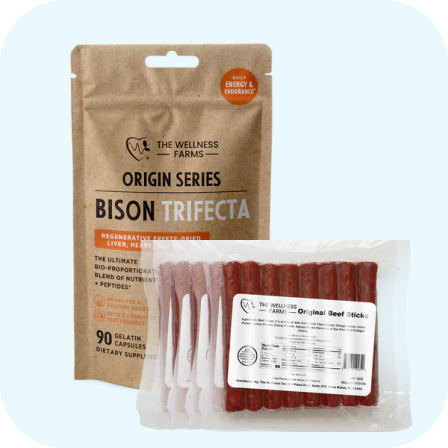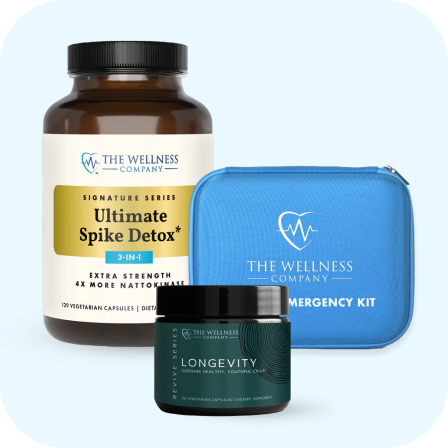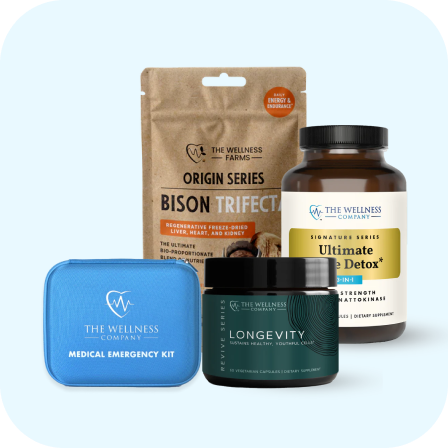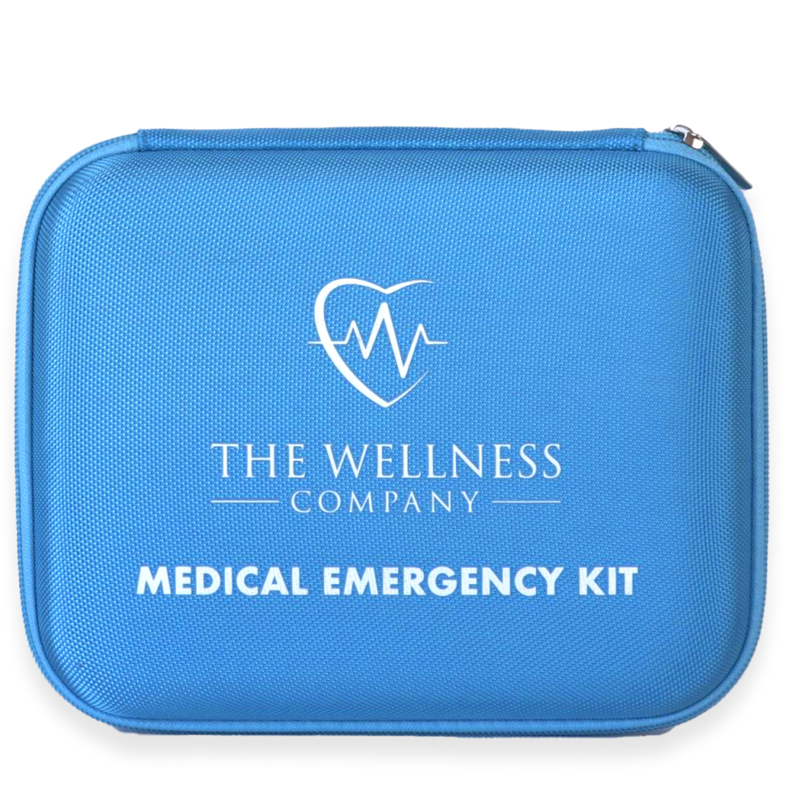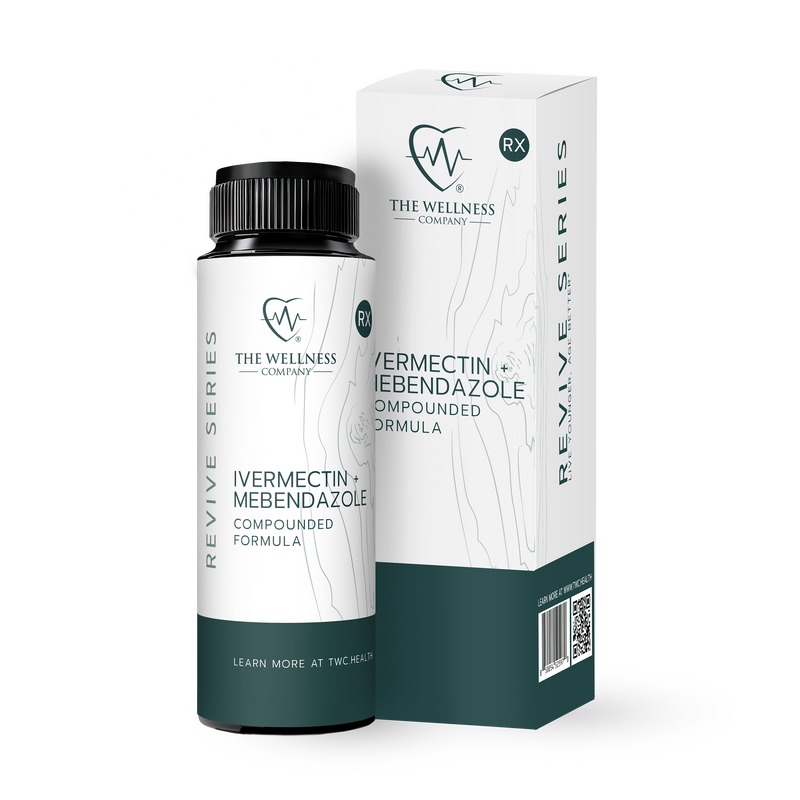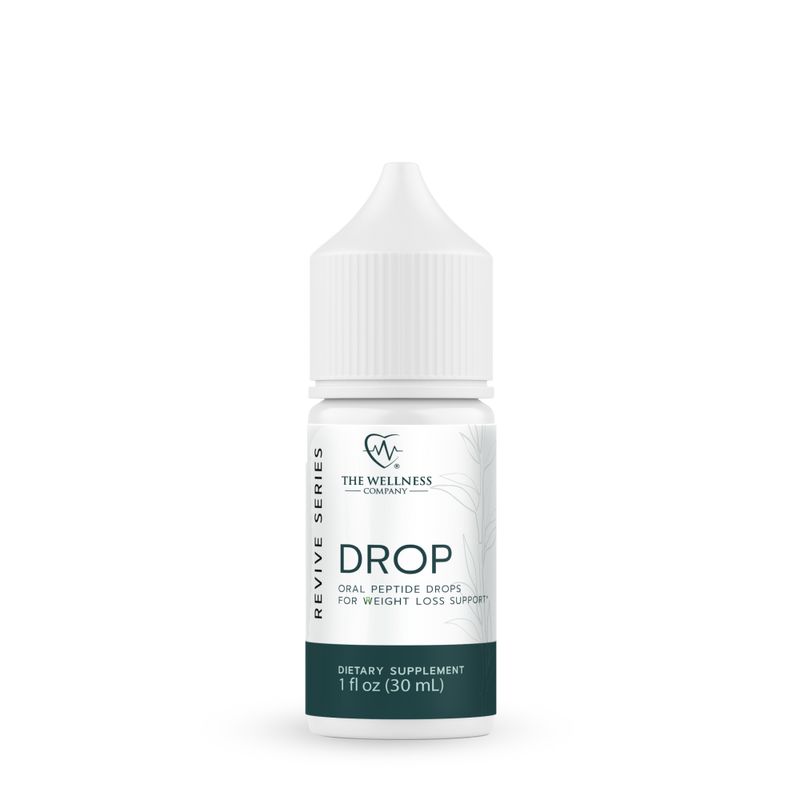Peptide or Protein - What’s the Difference?
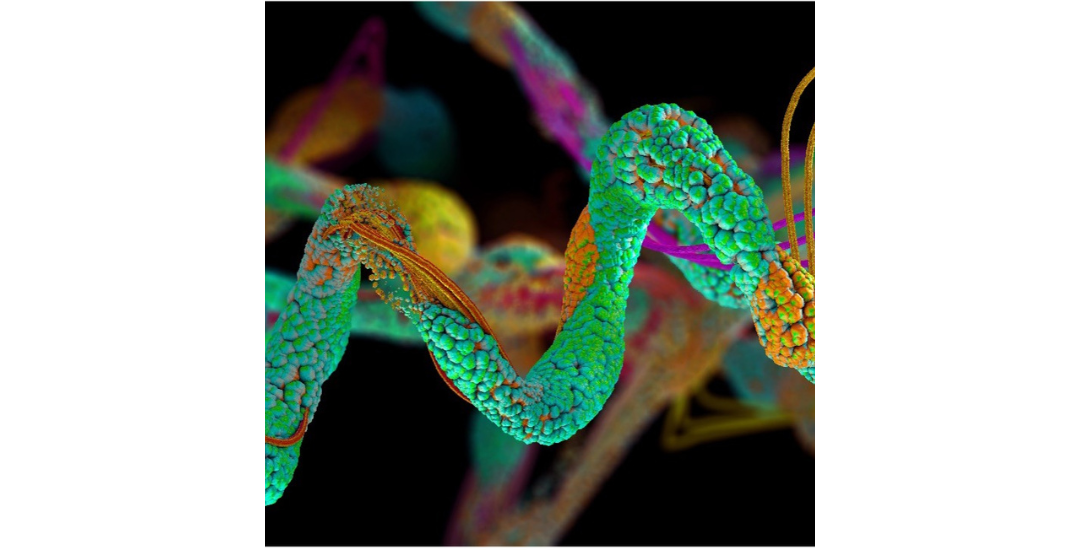
Peptides vs. Proteins
Both peptides and proteins are essential for human health. Even though they both use the same chemicals—amino acids—their functions are vastly different.
Peptides – the Messengers
Peptides are short chains of amino acids, typically between 2 and 50 units long. 51 or more is called a polypeptide. Proteins are manufactured inside cells from one or more polypeptides. Because of their small size, peptides usually have simple structures and act mainly as signaling molecules or hormones. (1)
Proteins – the Workhorses
Protein makes up about 20 percent of the human body—over 100,000 different proteins in the body. They are made of hundreds or thousands of amino acids folded into complex three-dimensional shapes, called polypeptides. There are three steps in building a protein: transcription (copying) of the genetic information, translation (assembling the chain), and folding the amino acid chain into specific patterns, creating a functional protein. This allows proteins to build muscle, speed up chemical reactions, and transport oxygen in the blood. (2)
Examples and Functions
Peptides:
- Oxytocin: Promotes childbirth contractions and social bonding. (3)
- Endorphins: Natural painkillers released during exercise or stress. (4)
- BPC-157: A synthetic peptide for tissue repair. (5)
- GLP-1 analogs: Used to treat diabetes and obesity. (6)
- Substance P: Transmits pain signals. (7)
Proteins:
- Hemoglobin: Carries oxygen in red blood cells. (8)
- Collagen: Provides structure to skin, bones, and connective tissue. (9)
- Albumin: Maintains fluid balance in blood vessels. (10)
- Enzymes: (e.g., amylase) Speed up digestion. (11)
- Antibodies: Defend against infections. (12)
- Titin: The largest known protein, contributes to muscle elasticity. (13)
Natural vs. Synthetic
Many peptides and proteins are naturally produced by our bodies or found in foods like eggs, milk, meat, and plants. Synthetic peptides and proteins are lab-made versions designed to mimic natural ones with enhanced stability or targeted effects. For example, synthetic insulin helps people with diabetes, and collagen peptides are popular supplements for skin health.
Can Peptides Become Proteins or Vice Versa?
Yes—peptides can become proteins through synthesis, and proteins can be broken down into peptides:
- Peptides to proteins: In cells, amino acids are linked by ribosomes to form a peptide chain. As the chain grows longer, it folds into a functional protein. (1)
- Example: Insulin is first synthesized as a single peptide chain, then folds into the active protein hormone.
- Proteins to peptides: Proteins are digested by enzymes (proteases) into smaller peptides. (1,2)
- Example: Collagen is broken down into collagen peptides during digestion.
Peptides and proteins are both vital to human health. Natural and synthetic forms help regulate body functions, repair tissue, and fight disease.
Written By Brooke Lounsbury







